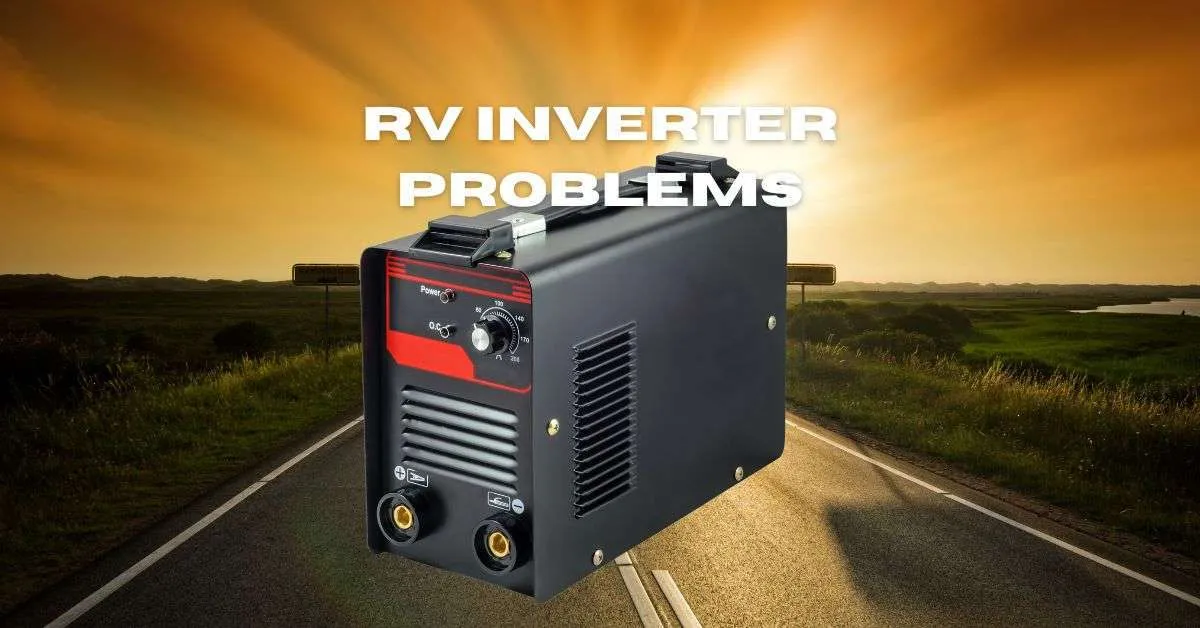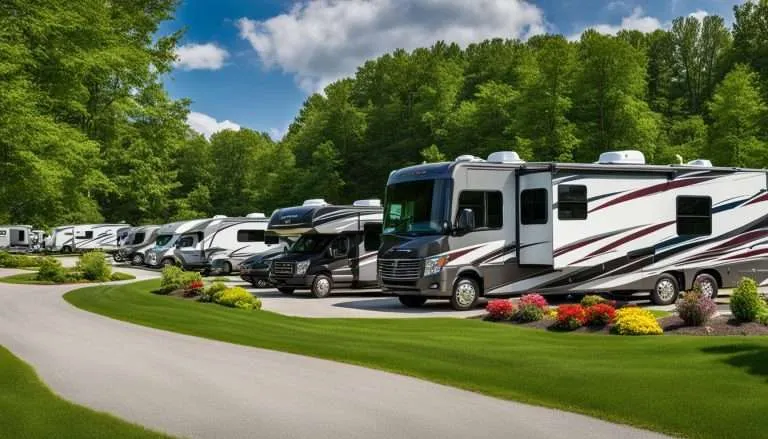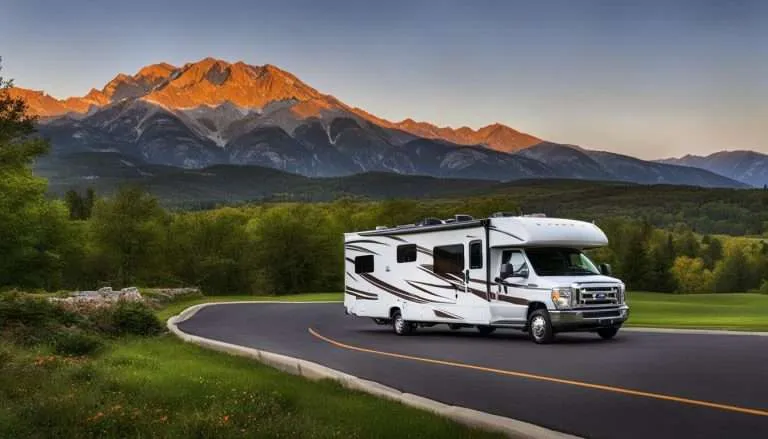Top RV Inverter Problems and Solutions You Need to Know!

Last updated on August 12th, 2024 at 11:32 pm
RV Inverter Problems can be tricky, and it is an essential component that converts DC (direct current) power from the RV’s batteries into AC (alternating current) power for running appliances and electronics.
Like any electrical device, RV inverters can experience certain problems. In this blog post, we will discuss common issues faced by RV owners with their inverters and provide potential solutions and fixes to help you troubleshoot and resolve these problems.
RV Inverter Problems: Common Issues and Solutions
- Inverter Not Powering On or Providing AC Power: Problem: One of the common issues RV owners face is the inverter not turning on or not providing AC power to the appliances and outlets in the RV.
Solution:
- Check the inverter’s power source, such as the RV’s batteries or external power hookup, to ensure they are functioning properly and supplying sufficient power.
- Inspect the inverter’s wiring connections for any loose or corroded terminals and tighten or clean them as needed.
- Verify that the inverter’s circuit breaker or fuse has not tripped or blown, and reset or replace it if necessary.
- Consult the inverter’s user manual for specific troubleshooting steps and contact the manufacturer or a qualified RV technician for further assistance if the issue persists.
- Inverter Overheating or Shutting Down: Problem: RV inverters may overheat or shut down due to excessive load or poor ventilation, causing disruptions in power supply.
Solution:
- Evaluate the power demands of the appliances and devices connected to the inverter and ensure they are within the inverter’s capacity. Consider disconnecting or redistributing the load to alleviate strain on the inverter.
- Check the inverter’s cooling system, such as fans or vents, for obstructions or debris. Clean or clear any blockages to promote proper airflow.
- If the inverter is installed in a closed compartment or confined space, consider improving ventilation by installing additional fans or relocating the inverter to a more open area.
- Monitor the ambient temperature around the inverter and avoid exposing it to extreme heat or direct sunlight.
- Inverter Producing Noisy or Distorted AC Power: Problem: Some RV owners may experience issues with the inverter producing noisy or distorted AC power, leading to interference with sensitive electronics or poor appliance performance.
Solution:
- Ensure that the inverter is properly grounded according to the manufacturer’s guidelines.
- Check the inverter’s input voltage and frequency settings to match the RV’s electrical system requirements.
- Install an appropriate surge protector or line conditioner between the inverter and sensitive electronics to filter out electrical noise and stabilize the power output.
- If the problem persists, consider consulting an electrician or an RV technician to assess the inverter’s performance and determine if it requires repair or replacement.
Final Thoughts
So now you know that RV inverter problems can disrupt the power supply and affect the functionality of appliances and electronics in your RV.
You can troubleshoot and resolve common inverter issues by implementing the suggested solutions and fixes discussed in this blog post.
Remember to refer to your inverter’s user manual for specific guidance and consult with the manufacturer or a qualified RV technician if you encounter persistent or complex problems.
Regular maintenance, proper load management, and adherence to electrical safety practices will help ensure a reliable and efficient power supply in your RV.
- Best 12V Portable Camping Fridge - August 13, 2024
- How to Insulate Slides on an RV - February 8, 2024
- How Much Water Does an RV Use Per Day? Understanding Your Daily Consumption - February 8, 2024






